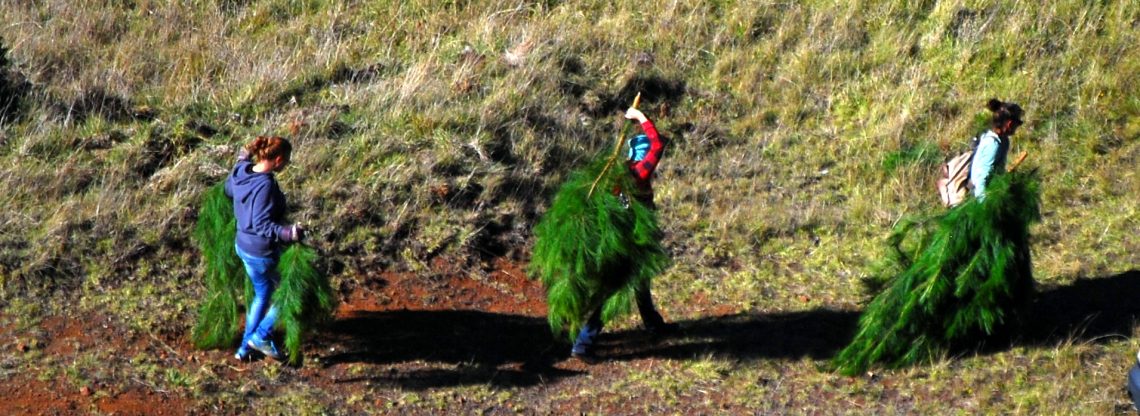Haleakalā Crater is a rainbow of cinder, unlike anyplace else on earth. The result of millions of years of eruption…
Read More
pine trees on maui
Deck your hall with boughs of locally harvested plants
Deck the halls with boughs of….holly? ‘Tis the season to decorate your hale with holiday wreaths, sprigs, and boughs. Fresh…
Read More


